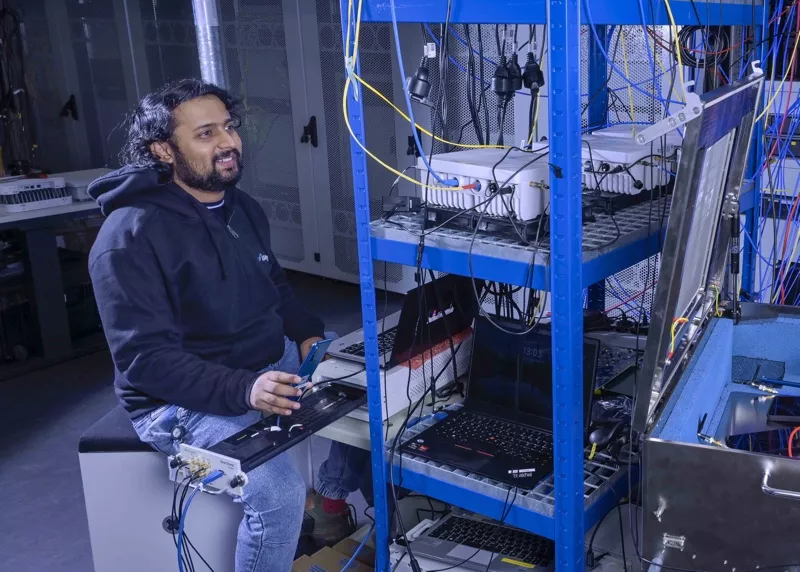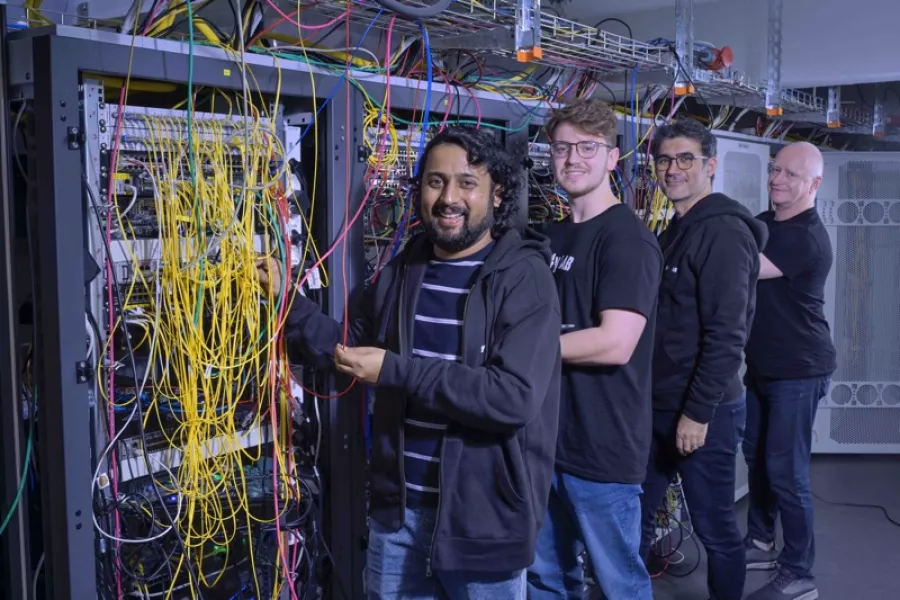Right at the beginning of our conversation, Ajesh pointed out that reducing and controlling energy consumption is very much in the center of attention of both operators and vendors. Which is why the PlugFest Fall 2024 key areas of testing included looking at the energy consumption of single CU/DUs and RUs as well as in End to End (E2E) scenarios. The scenarios tested ways to reduce energy consumption as well as finding reliable ways to measure and monitor energy consumption.
“The initiatives,” Ajesh told us, “primarily focused on testing energy consumption and achieving savings across key components, including the O-RUs, O-DUs, and the overall end-to-end (E2E) system. These tests evaluated hardware energy consumption as well as software. Also, the O-RU focused standalone energy consumption based on ETSI standard was one of the key advancements.”




